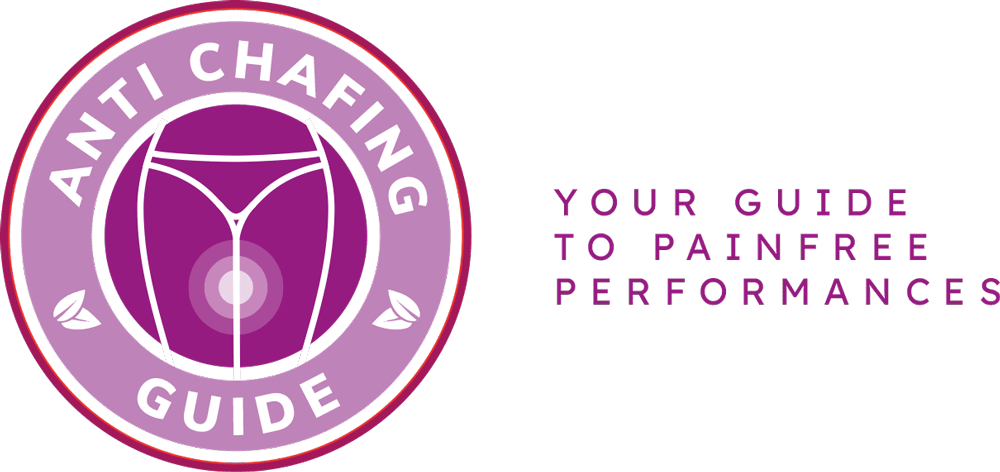The Naked Truth: Unveiling the Chafing Definition – What You Need to Know to Stop the Rub!
Chafing, a common skin problem that can cause discomfort and irritation, is something that many of us have experienced at some point. But what exactly is chafing? In simple terms, chafing occurs when friction and moisture combine to create a painful rash on the skin’s surface. It commonly affects areas where skin rubs against skin or clothing, such as the inner thighs, underarms, and groin.
In this article, we will delve into the definition of chafing and provide you with valuable tips on how to prevent and treat it. Whether you’re an athlete, a frequent traveler, or simply someone who wants to enjoy a day at the beach without the discomfort of chafing, we’ve got you covered.
- Understand what chafing is and its causes
- Discover common areas of the body prone to chafing
- Learn effective methods to prevent chafing
- Find out about remedies for soothing and healing chafed skin
So, if you’re tired of dealing with the unpleasant effects of chafing, keep reading to arm yourself with the knowledge you need to stop the rub!
Understanding Chafing
Understanding Chafing
Chafing is a common skin irritation that occurs when there is repeated friction between the skin and clothing or other surfaces. It often affects areas of the body that rub against each other, such as the inner thighs, underarms, and groin. Chafing can cause discomfort, redness, and in severe cases, even blisters.
There are several factors that can contribute to chafing. One of the main causes is moisture, which can increase the friction between the skin and clothing. This is why chafing is often more common in hot and humid weather or during intense physical activity. Tight-fitting clothing and rough fabrics can also exacerbate chafing.
To prevent chafing, it is important to choose clothing made of breathable materials that wick away moisture. Applying a lubricant, such as petroleum jelly or anti-chafing balms, to areas prone to chafing can also help reduce friction. If chafing does occur, keeping the affected area clean and dry, and using soothing remedies like aloe vera gel or zinc oxide cream can promote healing.
By understanding what chafing is, its causes, and the common areas of the body that are prone to chafing, you can take proactive steps to prevent and treat this uncomfortable condition. Remember, prevention is key, so be mindful of your clothing choices and keep your skin well-lubricated to avoid the rub!
Preventing and Treating Chafing
Preventing and treating chafing is essential to avoid discomfort and pain. By following some effective methods, you can keep chafing at bay and promote healing if it does occur. Here are some tips to help you prevent and treat chafing:
- Proper Clothing Choices: Opt for moisture-wicking and breathable fabrics that reduce friction and keep your skin dry. Avoid tight-fitting clothes that can rub against your skin.
- Lubrication: Apply a thin layer of lubricant, such as petroleum jelly or anti-chafing balms, to areas prone to chafing. This creates a protective barrier and reduces friction.
- Soothing and Healing Remedies: If chafing does occur, use remedies like aloe vera gel, calendula cream, or over-the-counter hydrocortisone cream to soothe the affected area and promote healing.
Remember to keep the affected area clean and dry, and avoid further irritation. If the chafing persists or worsens, it’s advisable to consult a healthcare professional for proper diagnosis and treatment.
Frequently Asked Questions
- What is chafing?
Chafing refers to the irritation and discomfort that occurs when skin rubs against skin or clothing. It often results in redness, soreness, and sometimes even blisters.
- What causes chafing?
Chafing can be caused by various factors, including friction, moisture, and heat. Activities that involve repetitive movements or prolonged periods of sweating, such as running, walking, or cycling, can increase the likelihood of chafing.
- Which areas of the body are prone to chafing?
Common areas prone to chafing include the inner thighs, underarms, nipples (especially for runners), and groin area. However, any area where skin rubs against skin or clothing can be susceptible to chafing.
- How can I prevent chafing?
To prevent chafing, it is important to wear moisture-wicking and breathable clothing. Applying lubricants, such as petroleum jelly or anti-chafing balms, to areas prone to chafing can also help reduce friction. Additionally, taking breaks during activities and keeping the skin dry can aid in preventing chafing.
- What are some remedies for soothing and healing chafed skin?
If chafing occurs, it is essential to keep the affected area clean and dry. Applying soothing creams or ointments, such as aloe vera gel or diaper rash creams, can help alleviate discomfort and promote healing. In severe cases, it is advisable to consult a healthcare professional.


Keith is originally from Truckton, Colorado. The 54-year-old cared for his overweight wife for many years. Keitch is also a freelance editor at antichafing.net and supports the team as a competent advisor. In his spare time Keith enjoys reading books, visiting his homeland and is a passionate product tester for well-known manufacturers.

